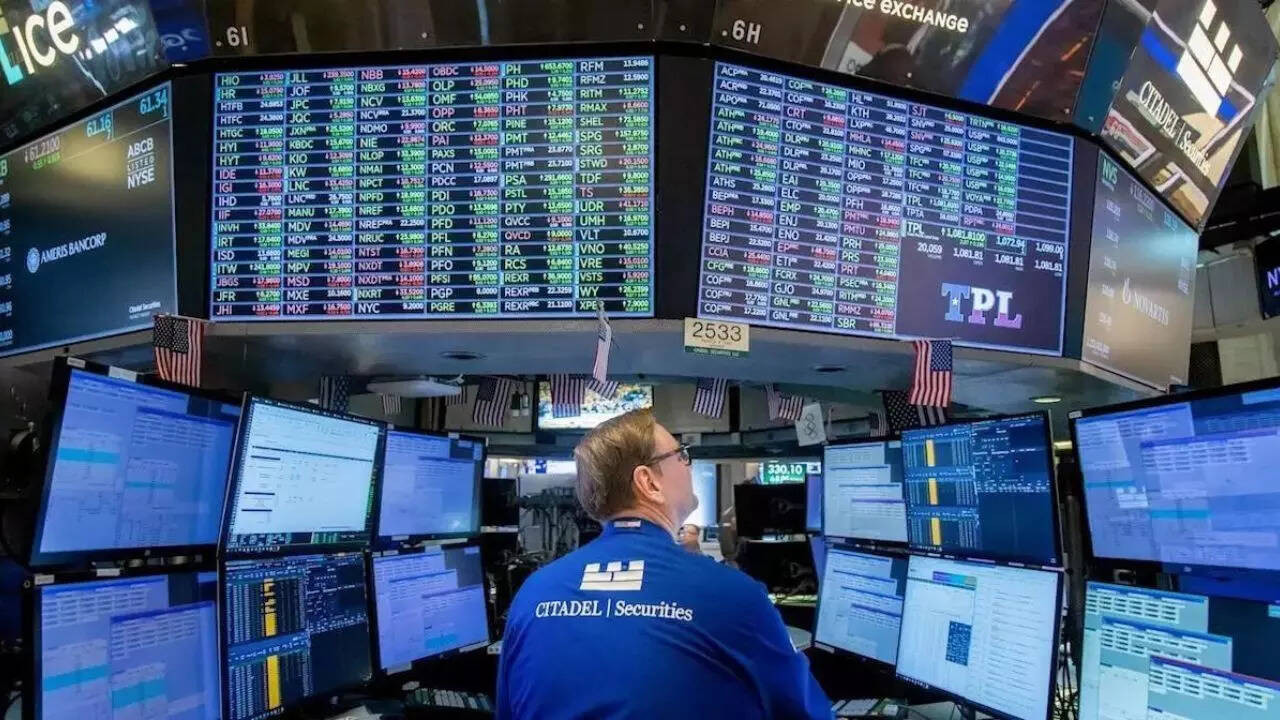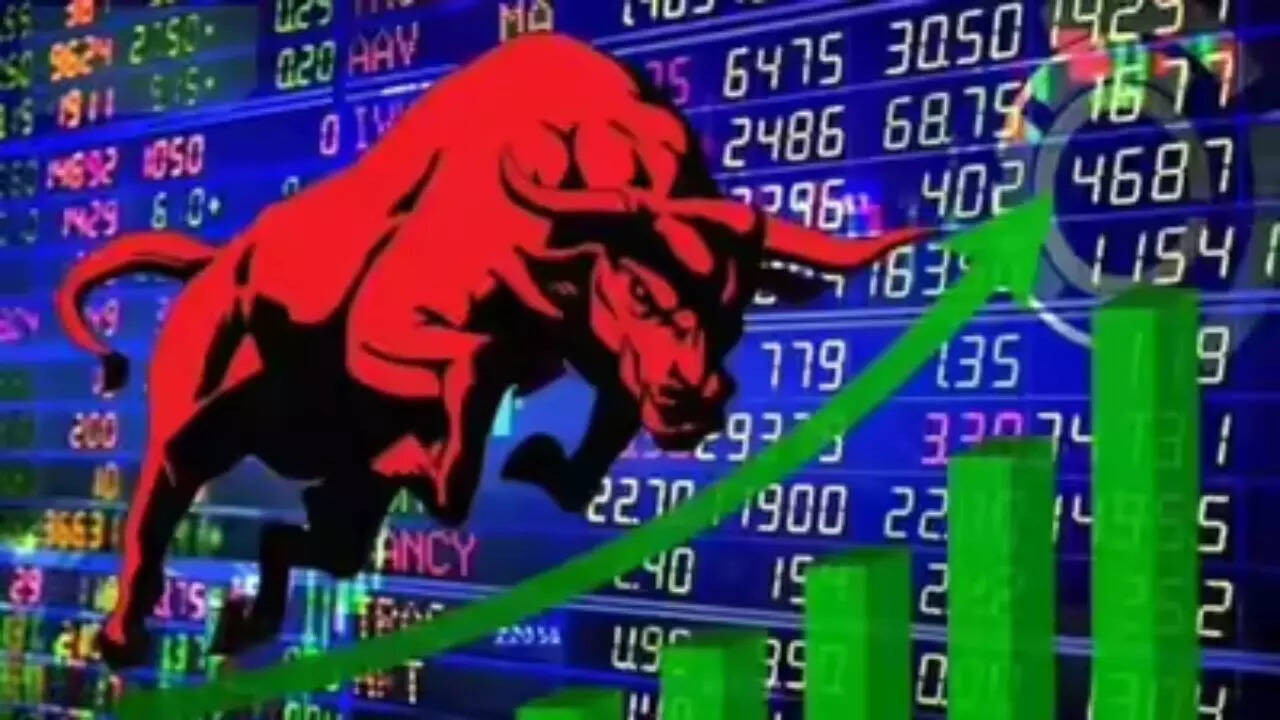Amidst a weak equity market sentiment, six of India’s top ten companies experienced a significant market capitalization erosion, totaling Rs 1,36,151.24 crore last week. Reliance Industries suffered the most substantial loss. Conversely, LIC, TCS, and SBI saw gains in their market valuations, while Reliance Industries retained its position as the most valued company.
Navigating the Market Dip: What’s Behind the Recent Valuation Tumble?
The stock market, that unpredictable beast, has been making headlines again. But this time, it’s not a story of soaring valuations, but of a significant dip. Last week witnessed a notable correction, with six of the top 10 most valuable companies in India collectively losing a staggering ₹1.36 lakh crore in market capitalization (mcap). This begs the question: what’s driving this market turbulence, and what does it mean for investors?
The biggest loser in this recent downturn was Reliance Industries, which saw its mcap shrink considerably. But Reliance wasn’t alone. Other heavyweights such as Tata Consultancy Services (TCS), HDFC Bank, Infosys, ICICI Bank, and Hindustan Unilever also experienced a decline in their valuations. On the flip side, State Bank of India (SBI), Bharti Airtel, Life Insurance Corporation of India (LIC), and ITC managed to buck the trend and actually increased their market cap.
So, why this mixed bag of fortunes? Several factors appear to be at play. Broad market corrections are a natural part of the economic cycle. Periods of rapid growth are often followed by periods of consolidation or even decline.

Reliance’s Rollercoaster: A Deeper Dive into Market Valuation
Reliance’s significant drop warrants closer examination. While the specific reasons for its decline are complex and multifaceted, it’s likely influenced by a combination of factors, including profit booking after a period of strong performance, broader market sentiment, and perhaps some company-specific news or announcements. Investor sentiment can shift quickly, and even small uncertainties can trigger a sell-off, particularly in a company as widely held as Reliance.
IT Sector Blues: Why Tech Stocks are Under Pressure
The IT sector, represented by TCS and Infosys, also felt the sting of the market correction. This isn’t entirely surprising given the global economic slowdown and the potential impact on IT spending. Concerns about recession in key markets like the US and Europe can lead to reduced demand for IT services, which in turn affects the revenues and profitability of these companies. Moreover, rising interest rates globally also make future earnings of growth stocks less attractive than holding safe assets, impacting valuations.
Banking on Uncertainty: HDFC Bank and ICICI Bank’s Slide
Even the banking sector, typically seen as a bellwether for the economy, wasn’t immune to the market downturn. HDFC Bank and ICICI Bank both saw their market capitalization decrease. This could be attributed to concerns about asset quality, interest rate sensitivity, or broader macroeconomic anxieties. For example, increased lending rates may eventually impact loan defaults.
Resilience in the Face of Volatility
It’s not all gloom and doom, though. The fact that SBI, Bharti Airtel, LIC, and ITC managed to increase their market cap demonstrates the resilience of certain sectors and companies. SBI’s strong performance could be linked to positive earnings reports and increased lending activity. Bharti Airtel likely benefited from continued growth in the telecom sector. LIC, being the largest insurance company in India, showed resilience in a volatile environment. And ITC, with its diversified portfolio of consumer goods, including defensive sectors like tobacco and food, might have appealed to investors seeking stability. Check out our post on [identifying safe haven stocks](internal-link) for more insight.
What Does This Mean for Investors?
Market corrections can be unsettling for investors, but they’re also a normal part of the investment cycle. Trying to time the market is generally a losing game. Instead, focusing on long-term investment strategies, diversification, and fundamentally sound companies is crucial.
Key Takeaways: Market Valuation and Investment Strategy
* Don’t panic: Market corrections are a normal part of investing. Avoid making emotional decisions based on short-term market fluctuations.
* Review your portfolio: Ensure your portfolio is well-diversified across different sectors and asset classes.
* Focus on the long term: Invest in companies with strong fundamentals and a proven track record.
* Consider dollar-cost averaging: This strategy involves investing a fixed amount of money at regular intervals, regardless of market conditions.
The recent market dip serves as a reminder of the inherent volatility in the stock market. While it’s impossible to predict the future with certainty, understanding the factors driving market movements and sticking to a well-thought-out investment strategy can help navigate these turbulent times and achieve long-term financial goals. By staying informed and disciplined, investors can weather the storm and position themselves for future growth.







